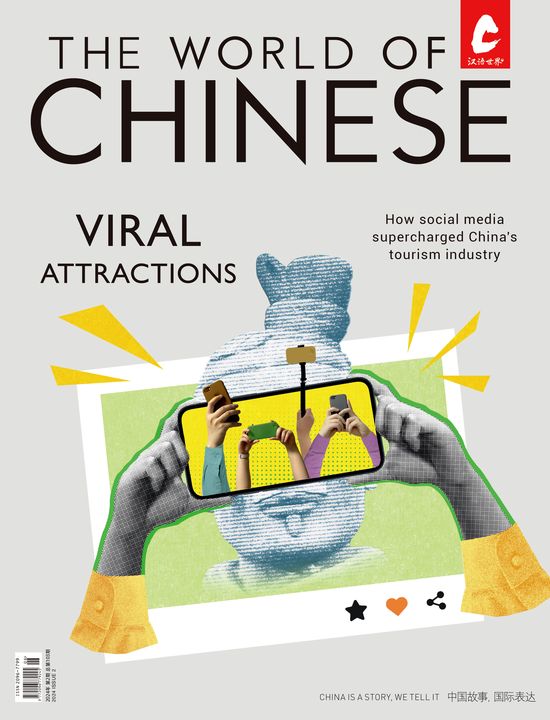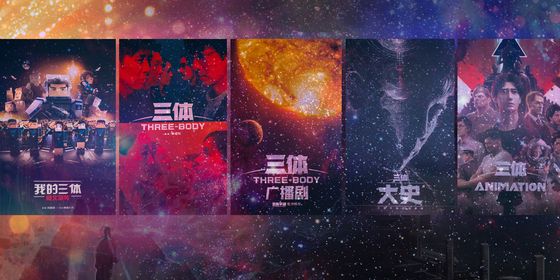Documentary-makers have been turning out works of high artistic and social value since the 1990s. But is their golden age over?
In 1990, a group of down-and-out Beijing artists sparked one of China’s lesser-known revolutions.
Between 1988 and 1990, former TV director Wu Wenguang had filmed five visual and performing artists who had migrated to Beijing from various parts of China. Mainstream society dismissed them as mangliu (盲流), or “vagrants,” who had dropped out of the state-sponsored work system. But so had Wu—who shot independently of state-run studios, used borrowed cameras and editing suites, and distributed the finished product, Bumming in Beijing, privately among friends and media professionals.
Not for nothing is Bumming considered China’s first “independent documentary”—that is, a film about non-fictional subjects made without a permit, funding, or creative direction from one of China’s eight state-run film studios (which at the time had annual quotas on permits they gave out for documentaries), according to director and influential film writer Zhang Laodong, founder of film blog Aotu Doc.
Digital video recorders (“DVs”) appeared onto China’s mass market in the late 90s to early 2000s, meaning anyone with the desire—and not just those who studied filmmaking in university—could buy or borrow a camera and start shooting. Film students, bank employees, and small-town youths traveled into rugged terrains or looked to their communities to tell stories, unleashing a “rebellious spirit” and a “golden age” of independent documentaries, said Zhang in an interview with JustPod Pictures podcast in 2021—a golden age that he feels has now come to an end.
“‘Independent’ has become a toxic brand,” believes Chris Berry, a professor of Chinese Film Studies at King’s College London. Under current Chinese law, films cannot be shown in public cinemas or through online video-streaming platforms without a “Dragon Label,” which is shown in the opening credits to indicate that a work had been officially approved for screening.













